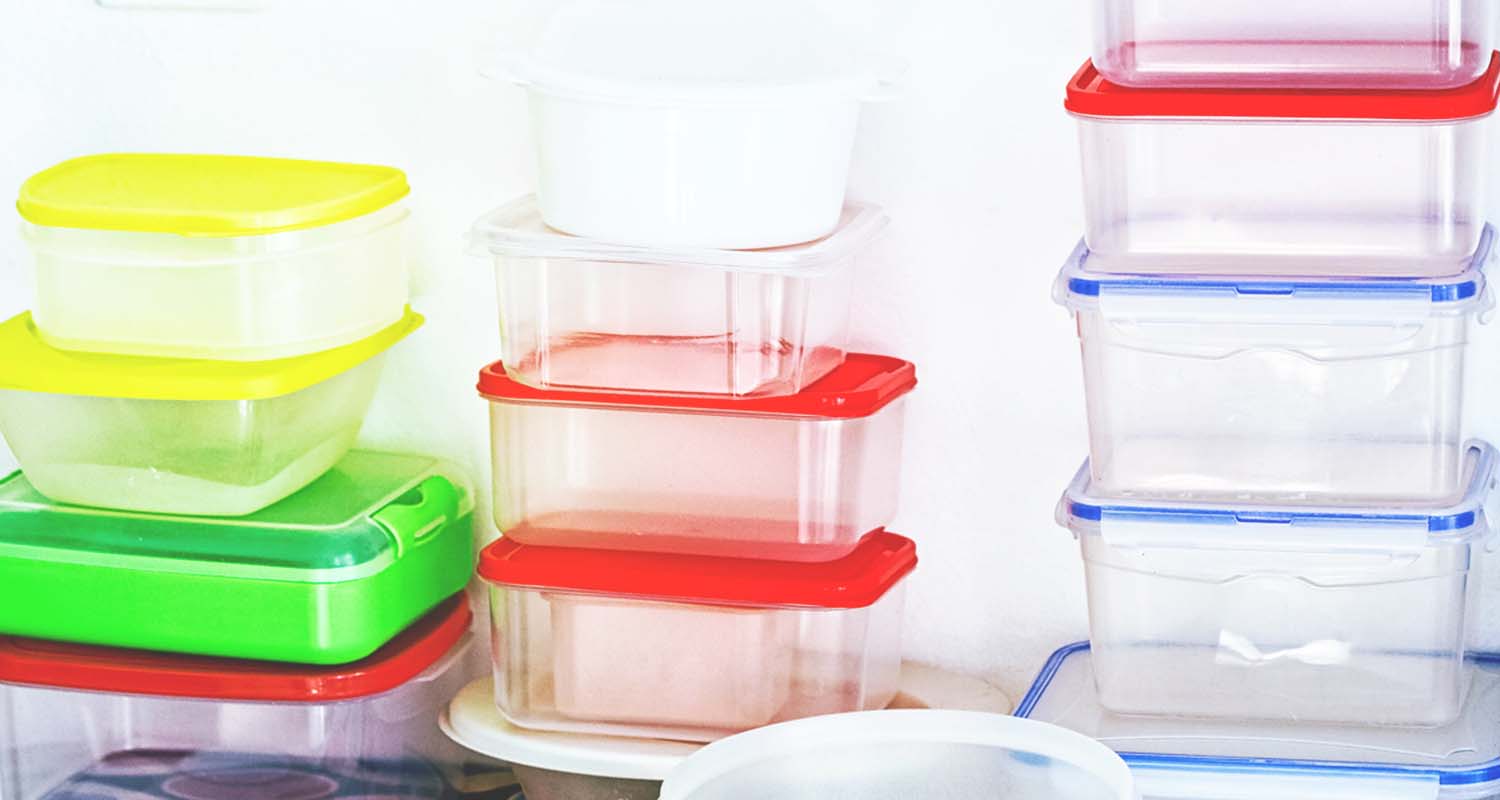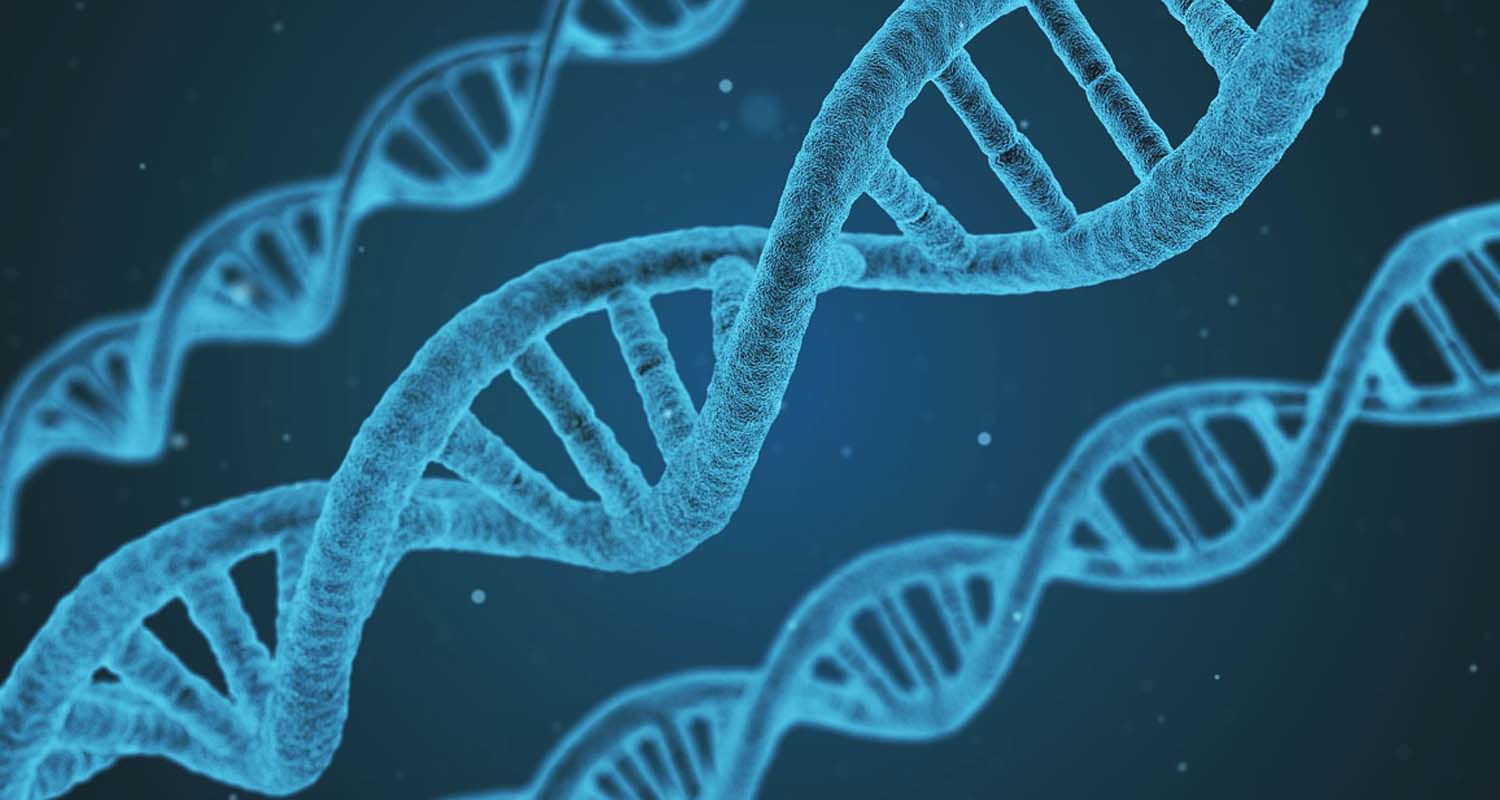
If you’ve tried in vain to shed extra pounds, you can blame the struggle on your parents. A growing body of evidence[ref url=”https://www.ncbi.nlm.nih.gov/pmc/articles/PMC3884103/”] shows that your parents’ exposure to environmental toxins called obesogens can influence your own ability to lose weight. These chemicals can be passed down in the genes for generations.
What are obesogens?
Obesogens — also known as endocrine disruptors — are chemicals that increase fat, slow your metabolism, and change your hunger signals.[ref url=”https://www.ncbi.nlm.nih.gov/pmc/articles/PMC4297575/”][ref url=”https://www.ncbi.nlm.nih.gov/pmc/articles/PMC4101898/”]
Obesogens are everywhere, and can be found in plastics, pesticides, cosmetics, and in tap water.
Obesogens and weight loss resistance
In a recent Bulletproof Radio (iTunes) podcast episode, Dave chatted with Dan Pompa, PSC.D, who practices pastoral medicine, an alternative, Bible-based approach to health care. Pompa talks about “generational toxicity” — when you inherit obesogens and other so-called “physical toxins” from your mother. It’s part of a larger phenomenon known as transgenerational epigenetic inheritance, when information in the genes is passed between generations.
Pompa believes this bodily toxicity is to blame for inflammatory conditions, including weight loss resistance. “The reason why people struggle to lose weight today — it’s a hormone issue — but then we have to back up and say, ‘What’s disrupting the hormones?’ Toxins are definitely the number one thing.”
How obesogens impact your genes
Obesogens are transferred from one generation to the next at the cellular level.[ref url=”https://www.ncbi.nlm.nih.gov/pubmed/25253098″] The chemicals latch onto your DNA and turn your genes on or off like a switch. [ref url=”https://www.ncbi.nlm.nih.gov/pmc/articles/PMC4297575/”] Obesogen exposure can also occur in the womb.
“When animals are exposed prenatally to these chemicals, their metabolism is reprogrammed so that even if they are never exposed again in their lives, they gain weight,” said Bruce Blumberg, associate professor of developmental and cell biology at the University of California, Irvine, in a review by the National Cancer Institute. “Even with normal diet and normal exercise, they become obese.”[ref url=”https://academic.oup.com/jnci/article/99/11/835/2544314″]
The 4 most common obesogens you need to know about
- Bisphenol-A (BPA): A synthetic compound found in plastics like baby bottles, plastic food and beverage containers, and metal food cans, BPA leads to weight gain and obesity even with low-grade exposure.[ref url=”https://www.sciencedirect.com/science/article/pii/S0013935111001435″]
- Phthalates: These chemicals make plastics soft and are found in food containers, shower curtains, paint, toys, and beauty products. Like BPAs, phthalates affect your body’s hormone balance and lead to weight gain.[ref url=”https://www.ncbi.nlm.nih.gov/pubmed/14715905″] Specifically, phthalates affect hormone receptors known as PPARs that regulate metabolism.[ref url=”https://www.ncbi.nlm.nih.gov/pubmed/19433246″] High phthalate levels in the body are linked to increased waist circumference.[ref url=”https://www.ncbi.nlm.nih.gov/pubmed/27822670″]
- Atrazine: A widely-used herbicide, atrazine disrupts the endocrine system. Chronic exposure leads to a decreased metabolic rate – the baseline rate of caloric burn doing sedentary, daily activities — and increased abdominal obesity.[ref url=”http://journals.plos.org/plosone/article?id=10.1371/journal.pone.0005186″] Exposure to tributyltin in the womb increases the number of fat cells too.[ref url=”http://journals.plos.org/plosone/article?id=10.1371/journal.pone.0005186″]
- Perfluoroalkyl substances (PFAS): These compounds are found in fast-food wrappers, non-stick pots and pans, textile coatings, and even paper. One study[ref url=”http://journals.plos.org/plosmedicine/article?id=10.1371/journal.pmed.1002502″] found that people with the highest PFAS levels had lower resting metabolic rate. The researchers also found that people with the highest levels of PFAS in their bloodstream had the hardest time keeping weight off after dieting.
How you can rid your body of inherited obesogens
During the podcast, Pompa said he believes there’s a key to tackling the obesogens that linger inside you from your parents’ genes: Fix yourself on a cellular level. He suggests a deep cleansing to heal, which he calls the 5R’s of True Cellular Detox and Healing:
R1: Remove the source. Determine which toxic sources cause damage to you and remove them. (Refer to the obesogens above for a kickstart on this step, then get tested to see what you toxins you may have inherited from your parents, like mercury or lead, that you still need to address.)
R2: Regenerate the cell membrane. The cell membrane turns genes on and off and regulates hormones. If the lipid bilayer of the cell membrane shuts down, the entire cell deteriorates. As the cell membrane is fat-based, consuming good fats regenerates it. This includes saturated fats with cholesterol such as grass-fed animal protein and healthy oils like coconut oil.
R3: Restore cellular energy. Akin to the gasoline of a car, nothing functions without cellular energy — cells aren’t able to detoxify naturally. Your mitochondria — the energy production centers in your cells — need energy to produce ATP. Without it, weight gain and numerous other side effects ensue. Here’s how to upgrade your mitochondria and restore cellular energy with sleep, exercise, and supplements.
R4: Reduce cellular inflammation. Inflammation impacts the way cells communicate, detox, and express good or bad genes. Dietary sugars and grains, bad fats that corrode at high heating temperatures, and any number of environmental chemicals, like those listed above, inflame your body at a cellular level. To combat this inflammatory onslaught, you can kick yourself into high gear with autophagy, a detox process that cleans out damaged cells and regenerate new ones.
R5: Re-establish methylation. Methylation is a biochemical process that turns good genes on and bad genes off. It’s also responsible for removing environmental toxins from your body. Read more about how to reconfigure your methylation process with supplements and diet here.
How to avoid obesogen exposure in your daily life
While it may seem that obesogens are too common to avoid, there are steps you can take to limit your exposure.
- Eat pesticide-free fruit and vegetables. Avoid foods and beverages stored in plastic containers.
- Reduce your overall use of plastics. Opt for stainless steel or high-quality aluminum water bottles. Use glass bottles for babies. Don’t ever put plastics in the microwave, causing them to leach.
- Use ceramic non-stick pots and pans instead of non-stick cookware. Keep in mind the ceramics should not be heated above 450 degrees.
- Buy furniture that hasn’t been treated with chemical flame retardants.
- Use organic, fragrance-free cosmetics.














